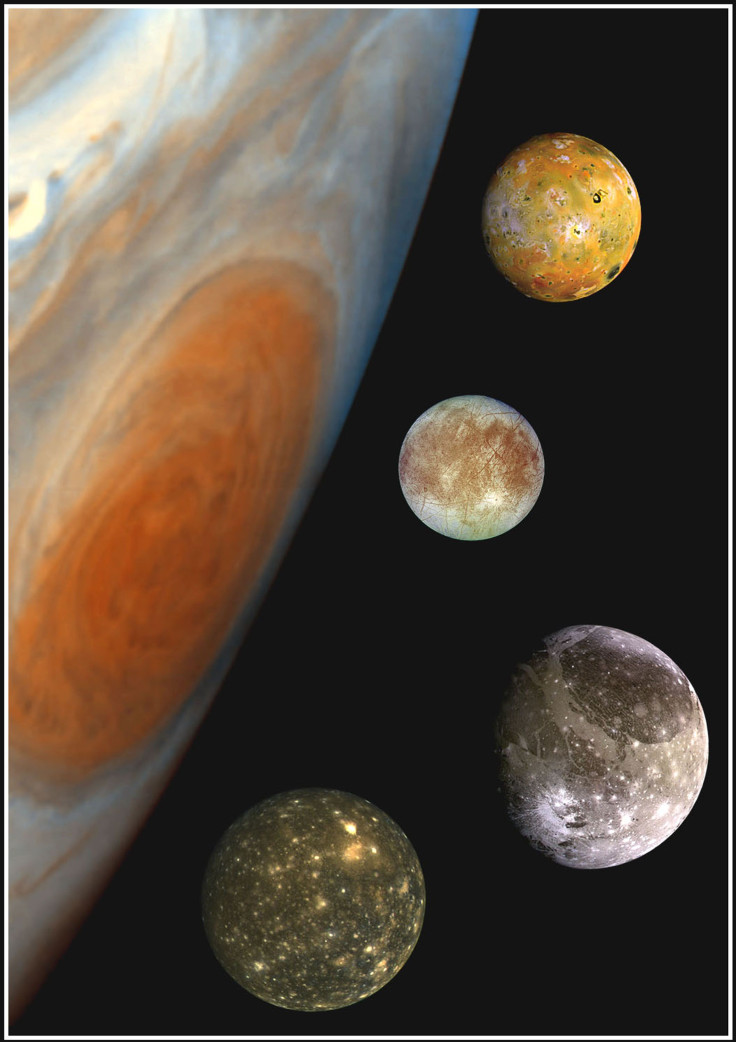Astronomers Spot Alien Moon Forming Around Giant Planet 370 Light Years Away

For the first time, astronomers have come across a possible moon that’s currently forming in a distant star system. According to the astronomers, they found traces of a cosmic structure that’s similar to the one that formed Jupiter’s moons billions of years ago.
The astronomers were able to make their discovery through the data collected by the Atacama Large Millimeter/Submillimeter Array (ALMA) Observatory in Chile. Through ALMA, they spotted a star known as PDS 70 that’s about 370 light years away from Earth.
During their observation, they discovered a planet known as PDS 70b orbiting the star. The astronomers noted that the alien planet is trailed by a circumplanetary disk, which is a belt of dust and gas that are known to cause the formation of systems of moons.
This was confirmed by the team’s lead author Andrea Isella of the Rice University in Texas.
“For the first time, we can conclusively see the telltale signs of a circumplanetary disk, which helps to support many of the current theories of planet formation,” Isella said in a statement.
Isella and his team compared their recent findings to a previous discovery made by the Very Large Telescope (VLT) of the European Southern Observatory in Germany, which confirmed the existence of two massive planets orbiting PDS 70.
According to Isella, comparing the data collected by the ALMA and VLT allowed them to confirm that the dust of particles surrounding the planets are actually part of a circumplanetary disk.
“By comparing our observations to the high-resolution infrared and optical images, we can clearly see that an otherwise enigmatic concentration of tiny dust particles is actually a planet-girding disk of dust, the first such feature ever conclusively observed,” Isella said.
The astronomer said that he and his team plan to observe the PDS 70 star systems at different time periods in order to study the orbit of the planets surrounding it. They also aim to monitor the formation progress of the possible moon system near the star and planets.
The findings of the researchers were detailed in a new study published in The Astrophysical Journal Letters.
© Copyright IBTimes 2024. All rights reserved.





















